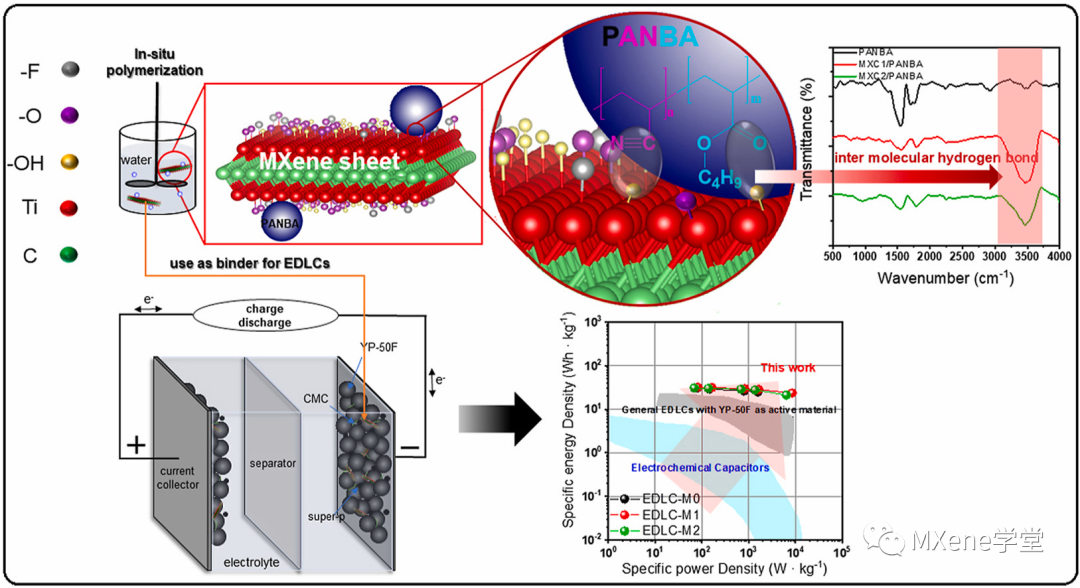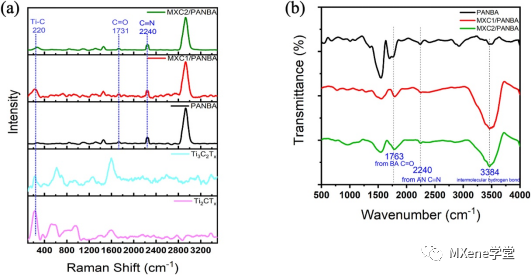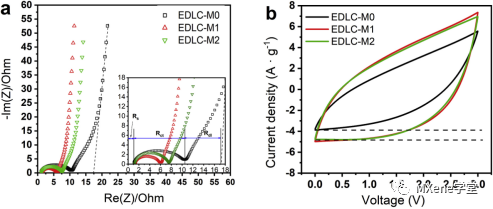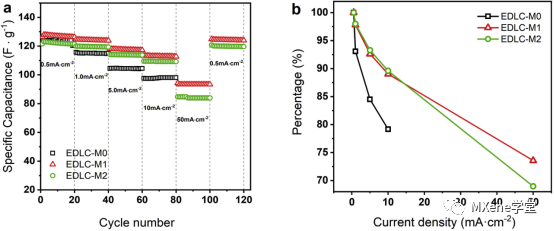
Background.
In recent years, electrochemical double-layer capacitor (EDLCs) has attracted much attention because of its fast and stable charge-discharge characteristics and high power density. In order to improve the performance of EDLCs, it is necessary to study the electrode comprehensively. However, most studies so far have been devoted to increasing the specific surface area ((SSA)) of electrode materials while maintaining electrical conductivity. In contrast, few studies have focused on the design of EDLCs adhesives. The ideal EDLCs adhesive must have high adhesion to the electrode assembly and should be electronically conductive.
Full text guide.
In view of this, Professor Eun-Suok Oh of Ulsan University in Korea synthesized a composite adhesive composed of MXene clay (MXC) and poly (acrylonitrile-co-butyl acrylate) (PANBA)) by in-situ emulsion polymerization. It is reported for the first time that the conductive composite adhesive with good mechanical, adhesion and electrical conductivity was prepared by in-situ polymerization. EDLCs containing activated carbon and MXene clay / poly (acrylonitrile-co-butyl acrylate) (MXC/PANBA) composite adhesive electrode showed high specific power of 8510 W kg-1 and high specific energy of 23.6 Wh kg-1. This is a significant improvement on the EDLCs electrode containing only activated carbon and poly (acrylonitrile-co-butyl acrylate). The excellent performance is due to the high conductivity and toughness of the adhesive, which is due to the improved interaction between the electrode components. The results of related papers are published on Journal of Power Sources under the title Electronically conductive MXene clay-polymer composite binders for electrochemical double-layer capacitor electrode .

Figure 1 shows:
Raman spectra of (a) MXCs, PANBA and MXC/PANBA adhesive films. FT-IR spectra of (b) PANBA and MXC/PANA adhesive films.

Figure 2 shows:
The FE-SEM image of (a) MXC2 (Ti3C2Tx) powder, (b) in situ polymerized MXC2/PANBA and (c) physically mixed MXC2+PANBA.

Figure 3 shows:
(a) Nyquist diagram. The CV curve of (b) electrochemical double-layer capacitor after 10000 charge-discharge cycles at 100 mV Smurl.

Figure 4 shows:
The rate performance of electrochemical double-layer capacitors with different binders in (a). 20 cycles are carried out at each current density. (b) capacitance retention at each current density.
Summary.
MXene clay / poly (acrylonitrile-co-butyl acrylate) (MXC/PANBA) conductive adhesive was synthesized by in-situ polymerization for the first time. The activated carbon EDLC electrode with in-situ polymerized MXC/PANB binder showed better performance than using only PANBA binder (without MXene). In addition, the EDLCs with MXC/PANBA maintains excellent performance at a very high current density of up to 50 mA cm-2, while the EDLCs with PANBA cannot maintain performance at such a high current. The results show that compared with the electrode using PANBA adhesive alone, the activated carbon EDLCs electrode with MXC/PANA adhesive reduces the electrode resistance (electron, interface and charge transfer resistance). The strong interaction in MXC/PANBA provides a way to improve the motion of electrons in the adhesive film. The addition of MXC to PANBA can enhance the physical stability of the adhesive emulsion and the mechanical toughness of the adhesive film, but does not affect the thermal and electrochemical stability of PANBA alone. In addition, MXC in PANA binder will not seriously block the pores in activated carbon. Due to the excellent interaction between MXene clay and PANBA by in-situ polymerization, the enhanced performance of the adhesive is due to improved conductivity, toughness and adhesion to the electrode assembly. In a word, the use of conductive MXC in non-conductive polymer adhesives is an effective way to improve the high power performance of EDLCs.
This information is from the Internet for academic exchange only. if there is any infringement, please contact us to delete it immediately.








